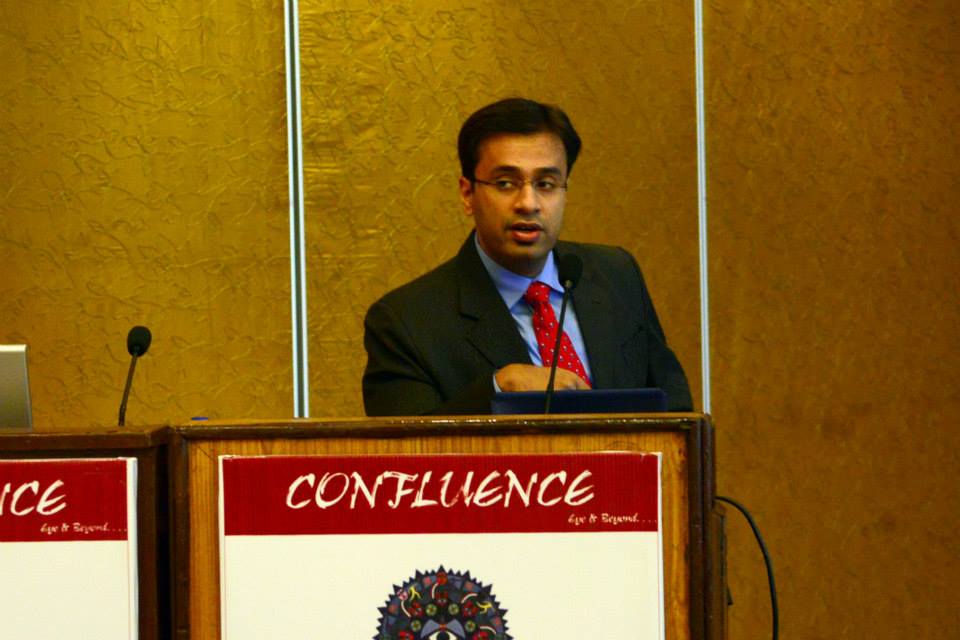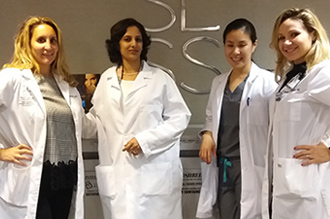Lichen planus (LP) is a common inflammatory disease that affects the skin, mouth, genitals or all of them. The name “lichen” refers to the lichen plant which grows on rocks or trees, and “planus” means flat.
Skin LP affects men and women equally, but oral LP affects women twice as often as men. LP affects about one to two percent of the general population. It occurs most frequently in middle-aged adults. The cause of LP is not known. LP is not infectious and it does not appear to be inherited. Most dermatologists believe it can be classified as an autoimmune disease. This means that white blood cells which usually fight germs begin to attack the normal parts of the skin, mucous membranes, hair, and nails. Sometimes, lichen planus-type rashes which occur as allergic reactions to medications for high blood pressure, heart disease, and arthritis. Identifying and stopping the drug helps clear up the condition within a few weeks. Sometimes LP can also be associated with hepatitis C. Lichen planus on the wrist
LP of the skin is characterized by itchy, reddish-purple, flat-topped bumps. Some may have a white lacy appearance called Wickham’s Striae. They can be anywhere on the body, but seem to favor the inside of the wrists and ankles. The disease can also occur on the lower back, neck, legs, genitals, the scalp and nails. There may be thick patches (hypertrophic LP) especially on the shins. Blisters are rare and seen in bullous LP. A skin biopsy may be needed to confirm the diagnosis.
Many cases of LP go away within two years often leaving a dark brown discoloration on the skin. These stains may eventually fade with time without treatment. About 20 percent cases will have a second attack of LP.
There is no known cure for LP but treatment is often effective in relieving itching and in improving the appearance of the rash until it goes away. Since every case of LP is different, no one treatment is perfect. Topical corticosteroid creams, ointments, or other anti-inflammatory drugs, and oral antihistamines taken by mouth, cortisone taken internally, ultraviolet light treatment called PUVA are some of the common modes of therapy. Since new areas of LP can form in the damaged skin, try to avoid injury.
It most commonly occurs inside of the cheeks, but can affect the tongue, lips, and gums. Oral LP is more difficult to treat and typically lasts longer than LP on the skin. About 20 percent cases who have oral LP also have skin LP.
The smooth white patches
on the tongue are lichen planus
Oral LP typically appears as patches of fine white lines and dots which usually are asymptomatic. Rarely can it cause painful sores and ulcers in the mouth. A biopsy of affected tissue may be needed to confirm a diagnosis.
Lichen planus of the oral cavity
There have been cases of lichen planus-like allergic reactions to dental materials but they are very rare.
There is no known cure for oral LP. When the disease causes no pain or burning, treatment may not be needed. More severe forms of LP – those with pain, burning, redness, blisters, sores, and Spicy foods, citrus juices, tomato products, caffeinated drinks like coffee and cola, and crispy foods like toast and corn chips can aggravate LP especially if there are open sores in the mouth.
Ulcers – can be treated with a variety of medications. Careful daily oral hygiene is very important. Schedule regular visits to the dentist for examinations and cleanings at least twice a year. Regular visits to the dermatologist – every six to twelve months – for an oral cancer screening is recommended.
LP of the genitals is commoner in women. About one in five women have vulvar or vaginal LP. Rarely red areas or open sores may cause pain, especially with sexual intercourse and needs treatment.
The majority of nail changes result from damage to the nail matrix, or nail root. Only a few fingernails or toenails are usually involved, but occasionally all are affected. Nail changes can occur with or without skin involvement.
Lichen planus affecting the fingernails shows thinning andsurface roughness of the nail plate with longitudinal ridges
Nail changes associated with LP include longitudinal ridging and grooving, splitting, nail thinning, and nail loss. In severe cases, the nail may be temporarily or permanently destroyed.
LP can affect the scalp called lichen planopilaris, and can lead to redness, irritation, and sometimes permanent hair loss.
Lichen planus of the scalp causes inflammation, hair loss and scarring.
Lichen planus is generally a self-limiting disease that resolves in a period of about 8-12 months. Topical steroids may be administered in mild cases. However, intensive therapy such as Ultraviolet light therapy might be required in severe cases.
The cost for the treatment varies depending upon the mode of treatment followed. Generally, treatment with topical retinoids or corticosteroids would cost a bit lesser than UV light therapy. General consultation charges with Dr. Rinky Kapoor are about INR 1000/-. Follow up would be required in most of the cases to assess the case in a better and precise manner and to decide on to the further line of treatment.
For more information on Dr. Rinky Kapoor’s work, click on: theestheticclinic.com/dr-rinky-kapoor.html
The Esthetic Clinic is a world class center dedicated to skin care and plastic surgery of the entire body – and specializes in housing an experienced Dermatologist, Dr. Rinky Kapoor, who can provide world class Skin Treatments, for skin diseases and make your skin look beautiful. So if you want to go ahead and get your hair, skin, and nails treated, The Esthetic Clinic is the right place for you.





